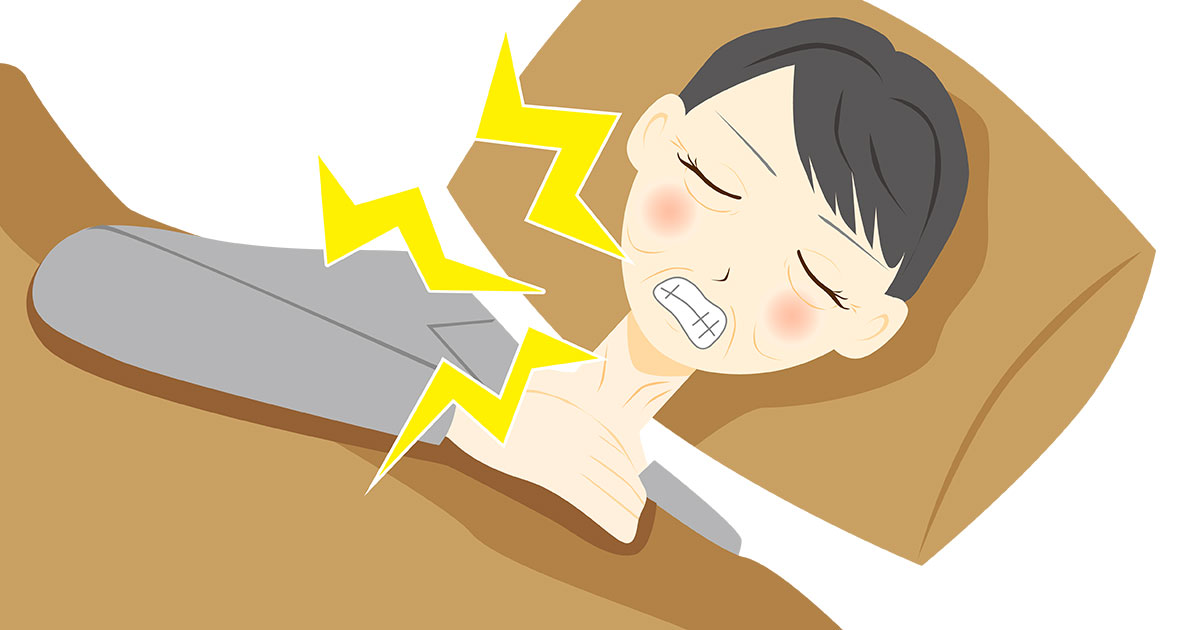Will Splint Therapy Stop Teeth Grinding?
Posted On 1/11/2023 12:00:00 AM by Bruce Kanehl

Teeth grinding, also known as bruxism, is a common problem that affects both adults and children. It can cause pain and damage to your teeth, jaw joints and other structures in the mouth. Fortunately, splint therapy is an effective treatment option for teeth grinding that can help you get relief from your symptoms. Let's look at what exactly splint therapy is and how it works to stop teeth grinding.
What is Splint Therapy?
Splint therapy involves using a custom-made device that fits over the top or bottom row of teeth to protect them from being damaged by teeth grinding. The device is typically made of plastic, resin or acrylic material and can be worn during the day or while sleeping. It's designed to protect your teeth by preventing them from coming into contact with each other when you grind or clench your jaw muscles.
How Does Splint Therapy Work?
The goal of splint therapy is to reduce the amount of stress on your jaw joints and muscles when you are clenching or grinding your teeth. Did you know that every time you grind your teeth, you exert up to 200 pounds of pressure per square inch? By wearing a splint on either the upper or lower row of teeth, it will prevent them from coming into contact with each other so that there is less pressure placed on your jaw muscles when you clench or grind your teeth. Additionally, wearing a splint allows for better alignment of the top and bottom rows of your teeth which can help reduce overall stress on your jaw joints and muscles as well as decrease tension headaches caused by bruxism.
Benefits of Splint Therapy for Teeth Grinding
Splint therapy has been proven to be an effective treatment option for reducing symptoms associated with bruxism such as tooth damage, jaw pain and tension headaches. It can also reduce your chances of developing TMJ disorder. Additionally, wearing a splint helps protect against further damage caused by clenching or grinding while helping restore balance to the bite relationship between the top and bottom rows of teeth. This helps improve overall oral health which in turn leads to better overall wellbeing.
Conclusion
Splint therapy is an effective treatment option for those suffering from bruxism (teeth grinding). Wearing a custom-made device over either the top or bottom row of your teeth can help protect them from being damaged due to grinding while restoring balance between the two rows of teeth which reduces strain on the jaw joints and muscles during clenching/grinding episodes. If you think that you may be suffering from bruxism, then it’s important that you speak with an experienced dentist who can provide advice about whether splint therapy may be right for you.
A leading practitioner in bite splint therapy, Dr. Bruce Kanehl of Kanehl Dental is well-known in the Jacksonville area for his expertise in using splint therapy to treat TMJ disorder and other conditions. Schedule a consultation today to discuss how Dr. Kanehl can help you treat your teeth grinding.
Related Articles
Can Malocclusion Cause TMJ Pain?
Published on: 12/18/2023 12:00:00 AM
By addressing issues with malocclusion, you could also bring relief from any TMD-related issues.
Can Holiday Stress Cause TMJ Issues?
Published on: 12/5/2023 12:00:00 AM
Don’t let a TMJ flare-up ruin your holiday fun. Learn what to watch for, and follow these tips to keep TMJ pain and discomfort at bay so you can enjoy the festivities.
Bruce A. Kanehl, D.D.S.
7933 Baymeadows Way #5
Jacksonville, FL 32256
(904) 731-2162
To learn more about how we can make you smile, request a consultation today.
Dr. Kanehl is one of a select few in the Jacksonville area to be a member of the American Academy of Dental Sleep Medicine and to treat sleep apnea with oral appliance therapy.




